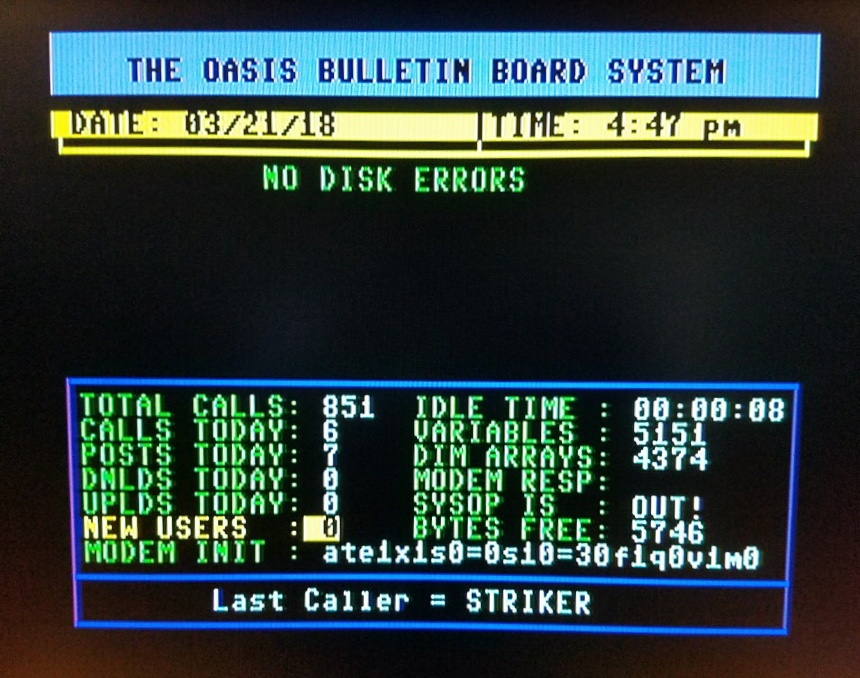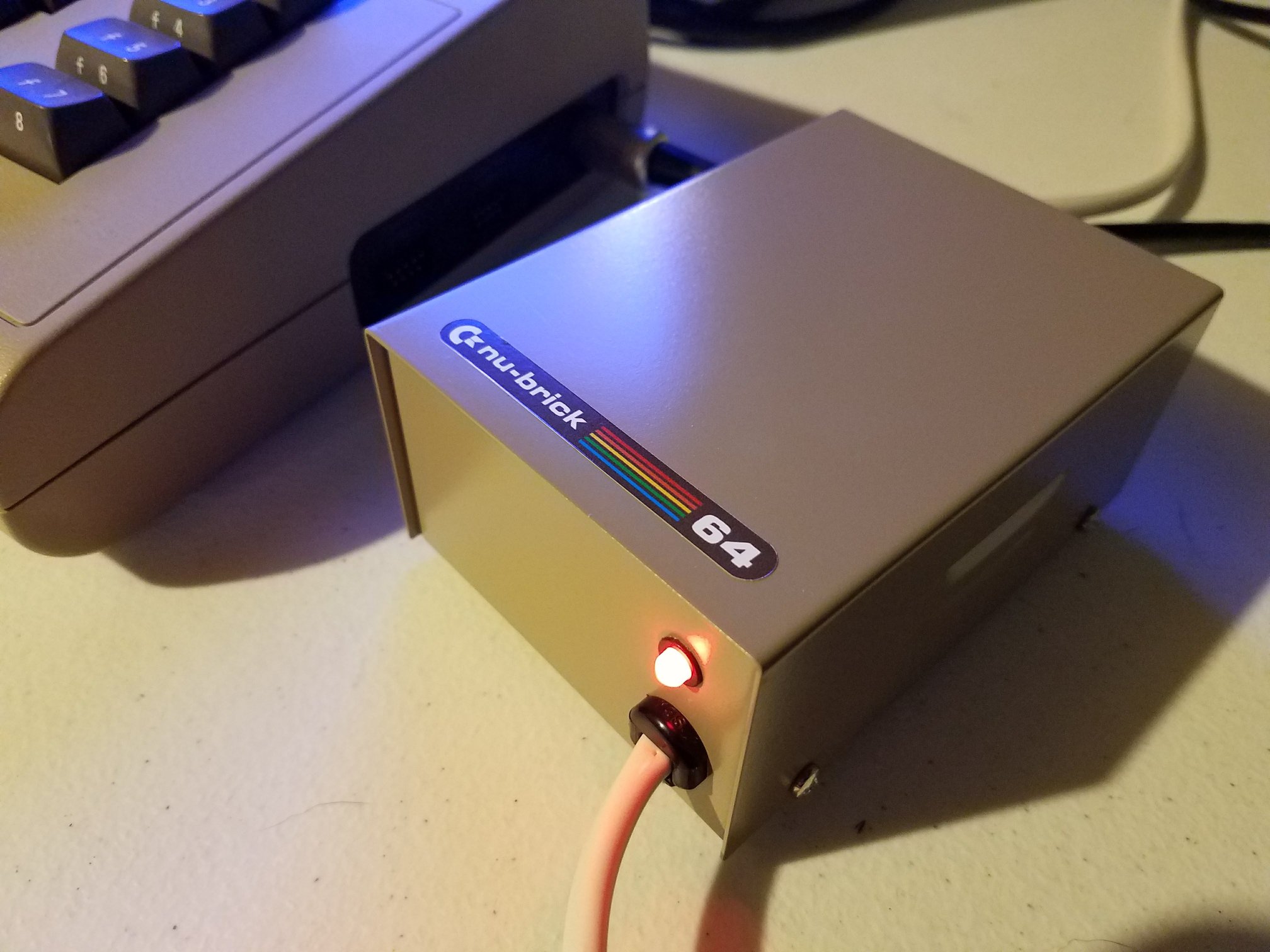Like iOS and macOS, both modern and classic, C64 OS restricts users to a single instance per application. Although an app may allow multiple documents to be opened at once, this feature depends on the app itself. This design simplifies the interface; for example, if you double-click “Image Viewer” in the App Launcher, it will either start the app for the first time or bring the existing “Image Viewer” instance into view.
Yet, there are cases where having two instances of the same application open would be useful. In classic Mac OS, users could duplicate an application and rename it (e.g., “Calculator 2”) to run two versions side by side, a feature actively restricted in current macOS versions.
C64 OS offers a similar workaround: duplicating an app like Image Viewer with a different name allows the OS to treat it as a separate application. Each version functions independently, with its own app bundle and configurations, and can handle files and allocate resources, like REU banks, separately.
With the release of C64 OS version 1.05, which introduced Fast App Switching, the original Memory Utility received a significant update and was rebranded as the “Usage” utility.
The redesigned Usage Utility now features a Toolkit-based user interface and includes three distinct tabs: one for main memory (256 pages), another for REU bank memory (256 banks of 64KB each), and a third tab displaying CPU usage animation.
The REU bank allocation map within Usage provides a clear visualization of which applications have allocated specific REU banks. For example, Image Viewer utilizes REU banks to render panoramic or 3D matrix images, and the Usage Utility dynamically reflects changes in REU bank usage as different image types are loaded.







